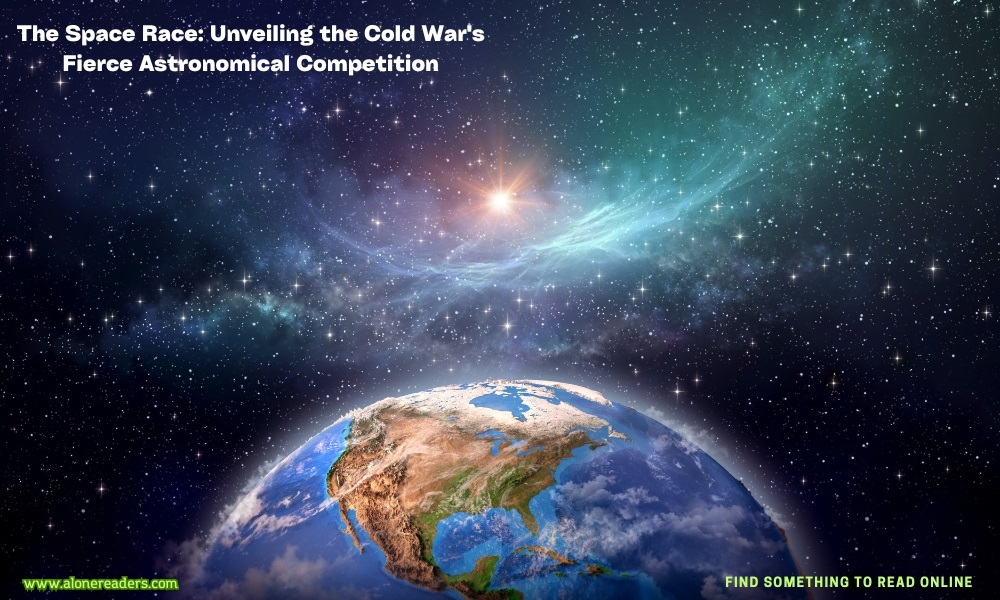
The Space Race, emblematic of the Cold War’s broader geopolitical rivalries, was not merely a quest for space exploration but also a powerful display of technological prowess and ideological dominance between the United States and the Soviet Union. This period marked a significant era in the history of space exploration, profoundly influencing the political, military, and scientific landscapes of the mid-20th century.
The origins of the Space Race can be traced back to the post-World War II era, when both the Soviet Union and the United States captured advanced rocket technology and personnel from the defeated Nazi Germany. These captures laid the foundational stones for their respective space programs. The competition in space was, at its core, a dramatic manifestation of the Cold War, serving as a peaceful yet profoundly competitive proxy battle between the two superpowers.
The Soviet Union initially took the lead in the Space Race, launching the first artificial satellite, Sputnik, into orbit on October 4, 1957. This event shocked and awed the global community, proving that the Soviet Union had the capability to send machines - and potentially weapons - into space. The launch of Sputnik came at a time when the majority of the world, particularly the United States, was still grappling with the basic technologies of rocketry. The satellite’s beeping signal, which could be heard by anyone with a radio, symbolized Soviet technological superiority and sent a clear message of the competitive gap the U.S. needed to bridge.
In response, the United States rapidly accelerated its own space program, marking the formal start of the Space Race. President Dwight D. Eisenhower established the National Aeronautics and Space Administration (NASA) in 1958, a pivotal move that centralized the U.S. efforts to catch up with the Soviets. Under the aegis of NASA, the U.S. focused on developing powerful rockets and innovative technology to ensure it would not be left behind in the cosmic competition.
The subsequent achievements in space were marked by both breathtaking successes and heartrending setbacks. On April 12, 1961, the Soviet Union again startled the world by sending Yuri Gagarin into space aboard Vostok 1, making him the first human to orbit Earth. This achievement not only demonstrated the advanced stage of Soviet technology but also showcased their lead in the human aspect of space exploration.
The United States, feeling the urgency of these Soviet successes, made bold promises to restore its national pride and technological standing. In a famous speech to Congress in 1961, President John F. Kennedy vowed that America would send a man to the moon and bring him back safely by the end of the decade. This ambitious goal culminated in the Apollo 11 mission, which successfully landed Neil Armstrong and Buzz Aldrin on the moon on July 20, 1969. Armstrong’s iconic words, "That's one small step for man, one giant leap for mankind," as he stepped onto the lunar surface, marked a significant victory for the U.S. in the Space Race.
The moon landing significantly shifted the dynamics of the Space Race. It not only demonstrated the technical capabilities and organizational power of the United States but also marked a turning point in the Cold War. The achievement helped to restore American confidence, proving that it could match and surpass Soviet achievements in space.
However, the Space Race was more than just a competition; it spurred numerous technological advancements and fostered international cooperation in space exploration. The technologies developed during this period have had lasting impacts on various sectors, including telecommunications, computer technology, and materials science.
In the years following, the intensity of the Space Race diminished. The Apollo-Soyuz Test Project in 1975, which saw U.S. and Soviet spacecraft dock in orbit, symbolized a thawing of Cold War tensions and demonstrated a new era of cooperation in space between the two superpowers.
Today, the legacy of the Space Race can be seen in the continued international efforts on the International Space Station and beyond. The spirit of competition has been replaced by collaboration, with nations joining forces to explore farther into the cosmos.
The Space Race not only defined a pivotal era in Cold War history but also set the stage for the technological innovations that propelled humanity into a new age of space exploration. Its lessons and legacies continue to influence global geopolitics and scientific endeavors, reminding us of the profound impact of peaceful competition and the shared human quest for knowledge and discovery.